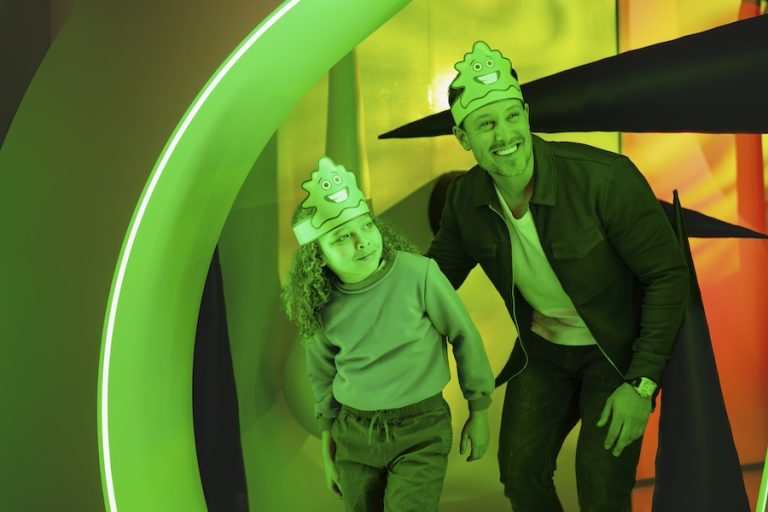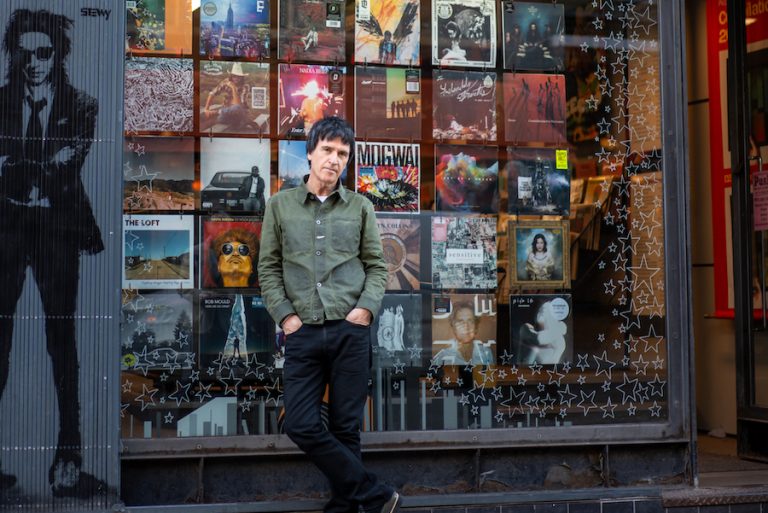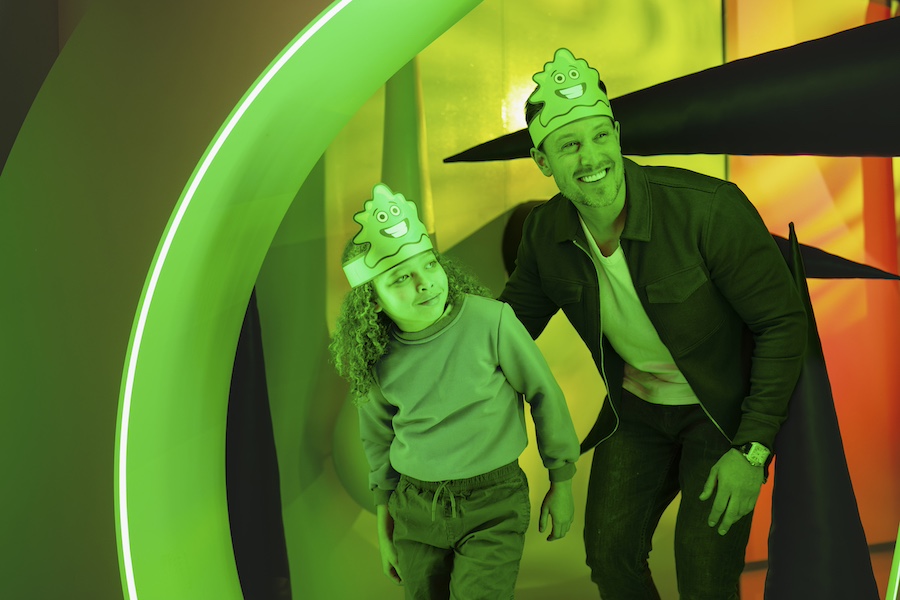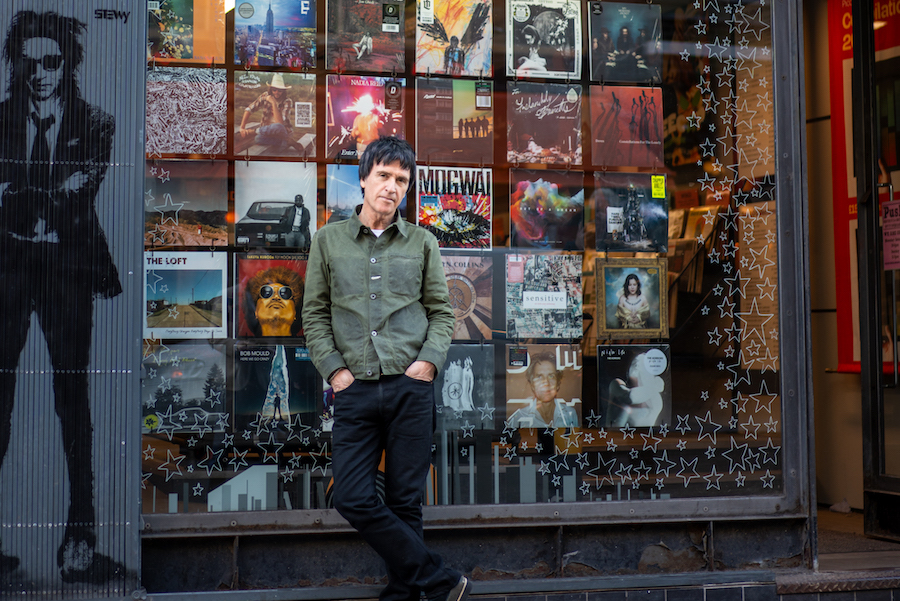Alan Turing invented the computer but did he invent AI?
- Written by Thom Bamford
- Last updated 2 years ago
- City of Manchester, Cornerstone, History, People
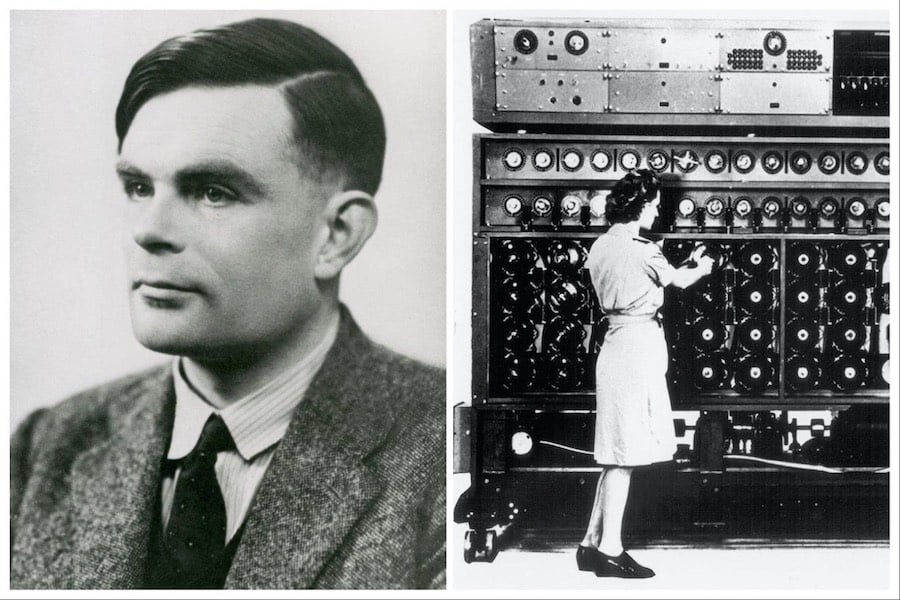
“Sometimes it is the people no one can imagine anything of who do the things no one can imagine.”
That’s a quote from Manchester’s most iconic student, Alan Turing, who pretty much single-handedly ended World War II and invented the personal computer.
Without a doubt, Turing remains one of the most brilliant mathematicians to walk this planet.
It’s estimated that he saved between 14 and 21 million lives by ending World War II early.
Without Alan Turing, it could’ve been even longer until computers were considered as ever-present as they are in our everyday lives.
To celebrate his birthday on the 23rd of June, we’ve answered some key questions about the man and his contributions to the world.
Did Alan Turing invent the PC?
Turing provided the theoretical underpinnings for the modern computer.
While best known for his work devising code-breaking machines during WWII, Turing played a pivotal role in the development of early computers first at the National Physical Laboratory and later at the University of Manchester.
His most famous contribution to computer science is the concept of the Turing machine, which is a theoretical model for computation.
The Turing machine laid the foundation for the development of modern computers and helped establish the field of theoretical computer science.
It provided a framework for understanding the limits of what can be computed and played a significant role in shaping the theory of computation.
“A computer would deserve to be called intelligent if it could deceive a human into believing that it was human,” Turing wrote in 1950 defining his now-famous Turing Test.
Turing worked on the design of electronic computers during the post-war period.
He developed plans for the Automatic Computing Engine (ACE), which was one of the first stored-program electronic computers.
Although the ACE was never built, Turing’s ideas and designs contributed to the development of subsequent computers.
Did Alan Turing invent artificial intelligence?
Turing set the foundations for work on artificial intelligence by considering the question of whether machines could think.
In 1950, Turing published a seminal paper titled “Computing Machinery and Intelligence,” in which he discussed the concept of machine intelligence and proposed the Turing Test. This paper laid out ideas and challenges in the field of AI and had a lasting impact on subsequent AI research.
In 1950, he proposed the “Turing Test,” which is a test to determine a machine’s ability to exhibit intelligent behaviour indistinguishable from that of a human.
The Turing Test became a fundamental concept in AI research and sparked discussions on machine intelligence and the philosophy of mind.
The Turing Test
The Turing test is a way to determine if a computer can exhibit intelligent behaviour that is indistinguishable from that of a human. In simpler terms, it’s a test to see if a computer can act so smart that we can’t tell it’s actually a computer.
Here’s how the test works: Imagine you’re sitting at a computer and you start having a conversation through text messages with two different entities. One entity is a human, like yourself, and the other is a computer program. The goal of the test is to determine if you can tell which one is the computer and which one is the human based solely on the conversation.
Now, if the computer program can fool you into thinking that it is the human during the conversation, then it has passed the Turing test. This means that the computer program has shown a level of intelligence that is similar to a human’s, at least for that particular conversation.
The Turing test is significant because it raises questions about what it means to be intelligent and whether machines can exhibit human-like intelligence. It challenges us to think about the capabilities and limitations of computers in terms of understanding and interacting with us, humans.
It’s important to note that passing the Turing test doesn’t mean that the computer is actually thinking or understanding things the way humans do. It just means that it can simulate intelligent behaviour well enough to fool us in a conversation.
The Turing test has sparked many discussions and research in the field of artificial intelligence, as scientists and engineers strive to create machines that can truly understand and interact with us in a human-like way.
So, in a nutshell, the Turing test is a way to see if a computer can talk and behave so convincingly like a human that we can’t tell it apart from a real person. It helps us explore the boundaries of computer intelligence and what it means to be intelligent.
Was Alan Turing gay?
Turing was homosexual and was posthumously pardoned by the Queen having been convicted of gross indecency for his relationship with a man in 1952, at the time a criminal offence.
Turing was convicted of “gross indecency” and subjected to chemical castration.
Tragically he died 1954, at the age of just 41 years old.
Alan Turing Memorial
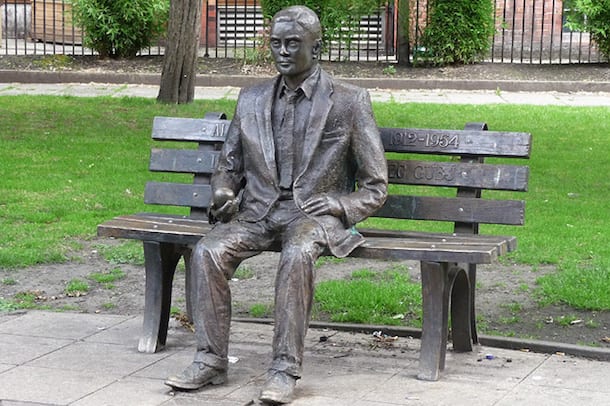
His legacy continues to have an impact on both science and society today, and he is commemorated in statue form in Manchester’s Sackville Gardens in the Gay Village.
Located in Sackville Park, near Canal Street, in the city centre of Manchester, the memorial was unveiled on June 23, 2001, on what would have been Turing’s 89th birthday.
The memorial consists of a bronze statue of Alan Turing sitting on a bench, designed by the sculptor Glyn Hughes.
Turing is depicted holding an apple, which is a symbolic reference to his unfortunate death by cyanide poisoning, as it is believed he consumed a cyanide-laced apple. The statue portrays Turing in a thoughtful pose, emphasising his contributions to mathematics, code-breaking, and computing.
The memorial serves as a reminder of Turing’s accomplishments and his significant impact on various fields, including computer science, mathematics, cryptography, and artificial intelligence. It also recognises his pioneering work during World War II at Bletchley Park, where he helped decrypt the German Enigma code, contributing to the Allied victory.
Additionally, the memorial reflects Turing’s association with Manchester. He worked at the University of Manchester‘s School of Computer Science in the 1940s, where he made substantial contributions to the development of early computers.
The Alan Turing Memorial has become an iconic landmark in Manchester and a gathering place for people interested in Turing’s life and legacy. It represents the city’s recognition of Turing’s achievements and the celebration of his enduring influence on science and technology.
The memorial has also been a focal point for advocating for LGBTQ+ rights, as Turing was a gay man who faced persecution during his lifetime due to the prevailing laws and societal attitudes at the time.
Alan Turing’s legacy
His tragic treatment and untimely death have contributed to raising awareness of the importance of equality and justice and a change in social attitudes in the UK.
Alan Turing’s legacy extends beyond his specific achievements, and he remains a cultural icon in the UK.
He is celebrated as a visionary who had a profound impact on the development of modern computing, theoretical computer science, cryptography, and AI.
Turing’s work continues to shape the way we understand and interact with technology today, and he remains, one of the greatest Mancunians to have walked the earth.
It is easy to see why he was voted the greatest person of the 20th century in a BBC TV poll, and his face now adorns the UK’s £50 note.
- This article was last updated 2 years ago.
- It was first published on 23 June 2023 and is subject to be updated from time to time. Please refresh or return to see the latest version.
Did we miss something? Let us know: press@ilovemanchester.com
Want to be the first to receive all the latest news stories, what’s on and events from the heart of Manchester? Sign up here.
Manchester is a successful city, but many people suffer. I Love Manchester helps raise awareness and funds to help improve the lives and prospects of people across Greater Manchester – and we can’t do it without your help. So please support us with what you can so we can continue to spread the love. Thank you in advance!
An email you’ll love. Subscribe to our newsletter to get the latest news stories delivered direct to your inbox.
Got a story worth sharing?
What’s the story? We are all ears when it comes to positive news and inspiring stories. You can send story ideas to press@ilovemanchester.com
While we can’t guarantee to publish everything, we will always consider any enquiry or idea that promotes:
- Independent new openings
- Human interest
- Not-for-profit organisations
- Community Interest Companies (CiCs) and projects
- Charities and charitable initiatives
- Affordability and offers saving people over 20%
For anything else, don’t hesitate to get in touch with us about advertorials (from £350+VAT) and advertising opportunities: advertise@ilovemanchester.com

National Trust Sky Gardening challenge brings nature to the city

NØELLE on finding freedom, inspiration and innovation in Salford’s creative scene
